Premium Only Content
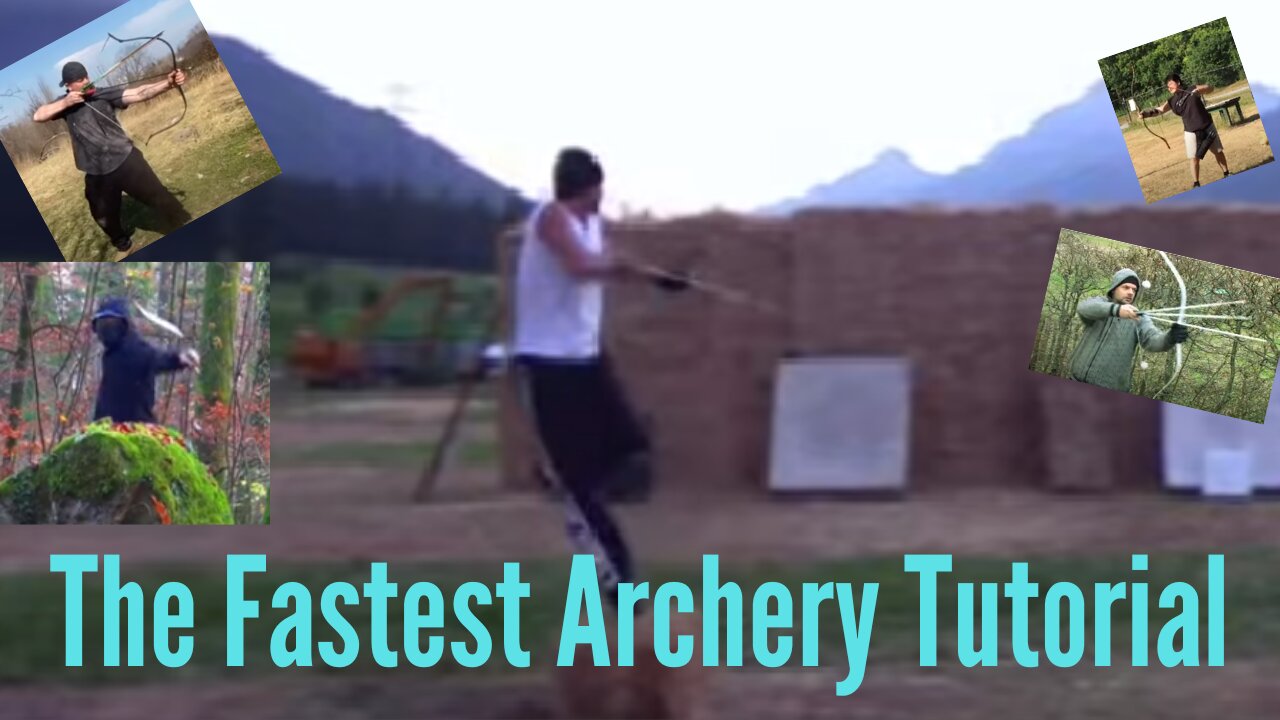
Fastest Archery Tutorial
The Fastest Archery Tutorial:
How to Shoot like Lars Anderson.
The techniques explained in this video are inspired by historical sources of archery but the focus of this video is the fastest archery technique, not how historically accurate it is.
For the choice of the bow, most bows are suitable. however the fastest technique avoid compounds and olympic bows with an arrow rest, with modern sights or stabilizers.
The optimal bow here is a short and light bow, without a modern arrow rest. Although longbows can be used as well, they are more cumbersome to move around with. This technique is usually combined with running or walking so a shorter bow is preferred.
The ideal draw weight is something you can personally pull and shoot rapidly and all day. That being said, very heavy weights can still be used with this technique but your rate of fire will be more limited. For example, here is me shooting 125lbs with this technique but im shooting a lot slower mainly because of the draw weight. If your max draw weight is around 80lbs, then it is recommended to use 40-50lbs for this technique.
For the choice of the arrow, any traditional arrows designed for the weight of the bow is good. the arrow nock can be of any design but generally speaking the wider the taper is, the easier it is to speed shoot but standard nocks can still be shot rapidly
you can make special nocks that allow you to easily nock arrows but they are not necessary with practice feathers is prefered but vanes can be used if khatra is performed well.
you can have a wide variety of fletching designs, but generally speaking two fletchings are the fastest because as long as they are glued in a consistent orientation you can line them up to have an arrow magazine on your draw hand. the main problem with three fletchings is you have to pre rotate the nocks while looking at the nocks but with two fletchings, you can instinctively do this without looking at the nocks. that being said, if the nock is flat enough you can just pre rotate the nocks instinctively by feel, and then fletching does not matter anymore unfletched arrows are not recommended for longer distanced shooting
For the bow hand, this technique tilts the bow on the opposite side of the modern trad cant. So a right handed shooter would tilt their left hand counter clockwise, while a left handed shooter would tilt their right hand clockwise. in ideal conditions the bow arm should still give clearance to the string but this is not always possible when shooting 360 degrees while on the move. There are many variations of the draw hand, and it can be debatable which variation is faster.
variation 1:
The first one is based on the conventional slavic draw from the book arab archery. The Slavs have a peculiar draw which consists of locking the little finger, the ring finger, and the middle finger on the string, holding the index finger outstretched along the arrow, and completely ignoring the thumb. However, when you use the slavic draw, your thumb is available to grip arrows in the draw hand so you can carry an arrow magazine.
The arrow is placed on the opposite side of Olympic archery. From here on the arrow is nocked on the string, and you place your middle finger and ring finger on the string. the pinky is often ignored by speed shooters.
variation 2:
same as variation 1 except the arrows are held in between the index and middle finger. Martin prefers this technique.
there are other variations such as using the thumb draw but it is slower.
for the fastest archery technique, the shortest draw length, say 7 inches, willl give you the fastest recovery time but you should pull to full draw or almost full draw.
Finally for the release, side khatra is typically preferred to allow a wider range of arrow spines but if you just want the fastest time then no khatra is used.
Video by Historical Archery
https://www.youtube.com/@HistoricalArchery
Video on Creative Commons Licence
from:
https://www.youtube.com/watch?v=pFkjVA7BIcM
-
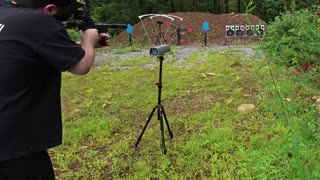 11:52
11:52
Gun Tester TV
5 days agoPistelle X-68 Setup | Sterling Self Defense HPA Chamber
491 -
 LIVE
LIVE
Barry Cunningham
1 hour agoPRESIDENT TRUMP EVENTS IN SOUTH KOREA | MIKE JOHNSON SHUTDOWN DAY 29 PRESSER | MORE NEWS!
1,586 watching -
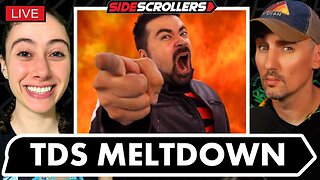 2:19:30
2:19:30
Side Scrollers Podcast
5 hours agoAngry Joe’s TDS/Halo Meltdown + Console War is OVER + Twitch Staff FIRED + More | Side Scrollers
20.5K8 -
 1:13:46
1:13:46
DeVory Darkins
3 hours agoDemocrat Voters get CRUSHING NEWS as Trump celebrates MAJOR TRADE DEAL
108K40 -
 14:54
14:54
The Kevin Trudeau Show Limitless
5 hours agoThe Hidden Force Running Your Life
312 -
 1:00:11
1:00:11
Mark Kaye
3 hours ago🔴 Joe Biden Autopen Scandal Update - Staff Paid MILLIONS To Keep Quiet!
3.01K2 -
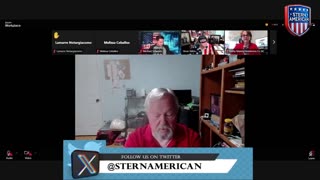 LIVE
LIVE
SternAmerican
1 day agoELECTION INTEGRITY CALL – WED, OCT 29 · 2 PM EST | FEATURING NEW JERSEY
112 watching -
 1:05:34
1:05:34
Timcast
3 hours agoDemocrats SUE, Trump USDA Says ITS DONE, No Food Stamps Will Come, Riots Feared
145K202 -
 1:59:16
1:59:16
The Charlie Kirk Show
3 hours agoProud to Be American? + VA and NJ + Charlie's Education Vision | Maloney, Arnn | 10.29.2025
48.8K9 -
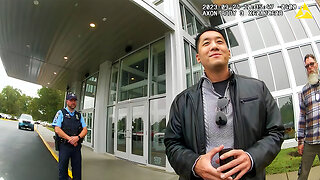 38:32
38:32
Code Blue Cam
4 hours agoHow Police Stopped a Potential Church Massacre...
5.19K3